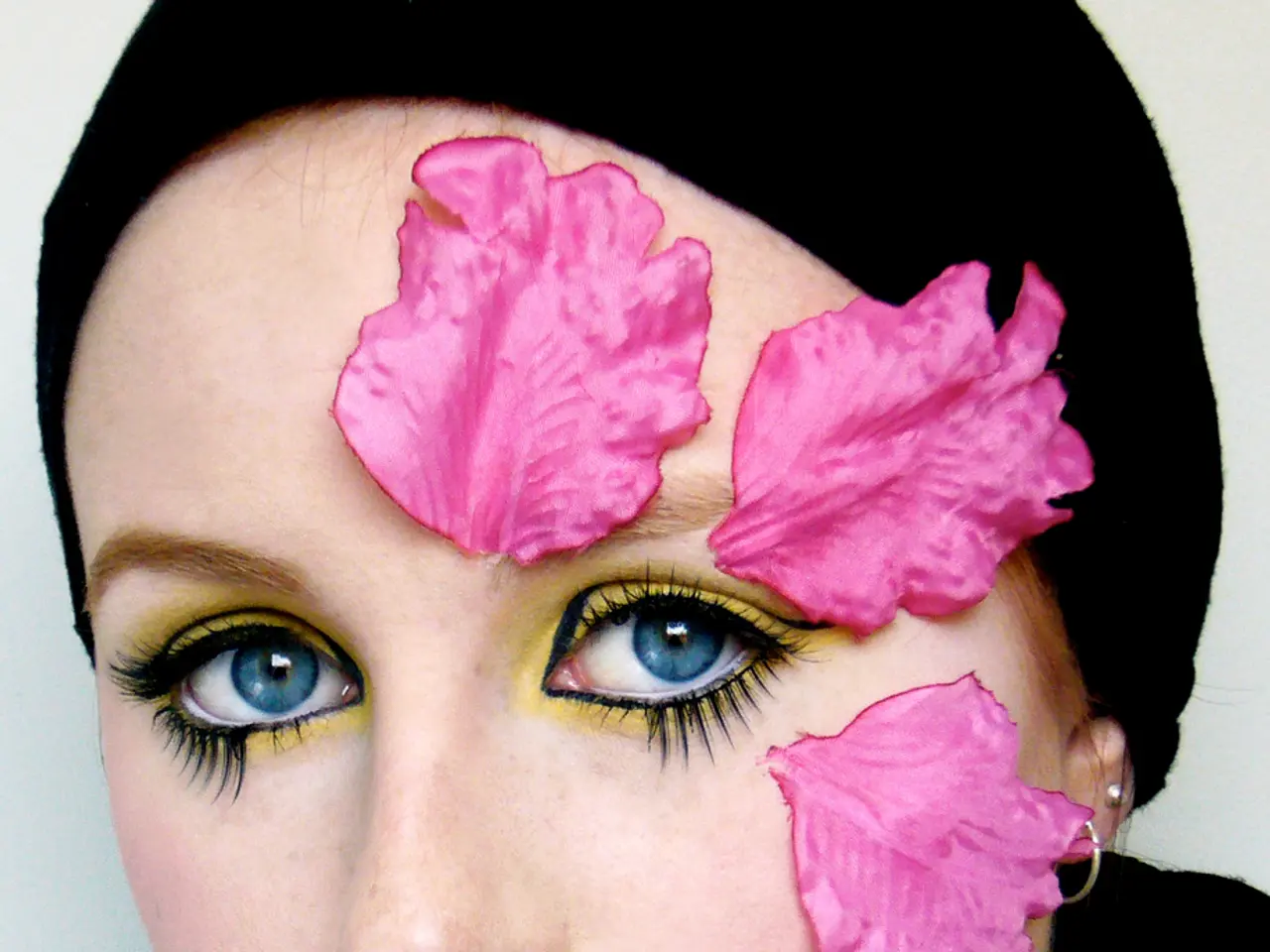Expanded range of cosmetics caters to a wider spectrum of individuals than before
In the ever-evolving world of beauty, inclusivity has become a cornerstone, with the makeup industry making significant strides to cater to diverse demographics. From skin tones and hair textures to gender and cultural heritage, the industry is transforming to reflect the rich tapestry of today's society.
Expanded Product Ranges
Brands are broadening their product offerings to accommodate a variety of skin tones, particularly those that have been historically underrepresented. Fenty Beauty, for instance, launched with 40 foundation shades, now over 50, setting a standard for inclusivity in skin tones. Ami Cole also provides a range of rich shades aimed at melanin-rich skin, supporting diverse consumers seeking natural or "no-makeup" looks.
Hair Texture Inclusion
Brands like Pattern Beauty focus on haircare for curly, coily, and tight-textured hair types common among Black communities, providing specialized products that celebrate and protect natural hair textures often overlooked in mainstream products.
Inclusive Marketing and Representation
Leading brands are prioritizing diverse models across ethnicity, gender presentation, age, and body types in advertising campaigns, fostering realistic beauty standards and visibility for marginalized groups.
Gender Neutrality and Sexuality
Some brands offer gender-neutral product lines, removing traditional binary gender distinctions in makeup, which supports inclusivity of non-binary and LGBTQ+ consumers.
Education and Regulation
The industry is increasingly embedding textured hair education in cosmetology schools and across salon training, supported by initiatives like the Texture Education Coalition (TEC), which includes stakeholders like L’Oréal. This aims to reshape beauty standards, boost stylist competence, and improve inclusivity in service provision.
Cultural Intelligence
Research into cultural intelligence (CQ) highlights the importance of understanding cultural diversity in advertising and product acceptance, helping brands tailor inclusive messaging and offerings for various cultural heritages.
Business and Strategic Inclusion
Beyond social justice, inclusivity is also understood as a strategic business advantage, enabling brands and franchises to tap into broader markets and build loyal customer bases across demographics like race, age, gender, and cultural background.
Makeup for All
The emphasis on inclusivity is crucial, as minority groups have become the most influential consumers. Today's younger generations have a broad definition of diversity, striving to empower consumers to love the skin they're in. They are seeking preventive wellness products rather than reactive ones, and they value unique and personalized products that celebrate their individuality.
Diversity in Makeup
Diversity encompasses not only gender and sexuality but also age, lifestyle, and the unique skin and hair needs of each individual. Androgynous and non-binary products are becoming more popular in the beauty market. The concept of makeup for all fits into the narrative of preserving and representing individual cultural heritage.
Inclusive Beauty for All Ages
The number of people over 60 in the 'developed world' has increased exponentially and is expected to double that of the year 2000 by 2030. The new generation of adult consumers is more active, healthier, and wants to age well, leading to a demand for ageless products. Inclusive makeup lines for men and brands encouraging men to fully embrace personal care are gaining influence.
Global Trends
Beauty norms and trends are evolving, with countries like Japan and South Korea driving the development of makeup for all. Provital, a leader in developing active ingredients for beauty brands that champion diversity, continually innovates to adapt to the evolution of definitions in inclusive beauty. Their range of natural and sustainable ingredients are tested on diverse in vivo panels to help brands attract a wider customer base.
In summary, the makeup industry today embraces comprehensive inclusivity by addressing diverse skin tones and hair textures, supporting gender and sexuality diversity, incorporating cultural understanding, and aligning inclusivity with business strategies. Brands leading the charge combine product innovation, education, and representation to create more equitable beauty experiences for consumers of all backgrounds.
- Recognizing the diverse lifestyles of consumers, brands are extending their product offerings to cater to unique skin and hair needs, including those specific to the 'lifestyle' of the aging population, as seen in the increased demand for ageless products.
- In the realm of fashion-and-beauty, inclusivity transcends gender and sexuality boundaries, with the emergence of androgynous and non-binary makeup products that cater to the personal-growth and self-expression of individuals across various demographics.
- To sustainably grow their customer base, many beauty brands are prioritizing education-and-self-development opportunities, such as cultural intelligence training, which enables them to develop products and marketing strategies tailored to diverse cultural heritages and lifestyles.




